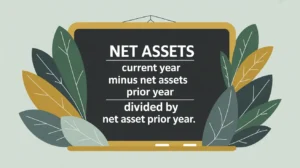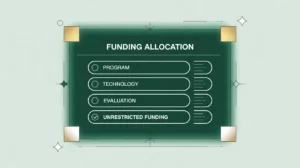Importance of Break-Even Analysis (for Earned Income Programs)
Break-even analysis helps nonprofits determine the point at which revenues from earned income activities cover total costs, with neither a surplus nor a deficit. This matters because many nonprofits pursue social enterprise models or fee-based services to diversify income streams. For nonprofits in social innovation and international development, understanding break-even points is critical for evaluating financial viability, scaling decisions, and balancing mission with sustainability. Boards and donors see break-even analysis as a sign that the organization is applying rigorous business tools to ensure responsible growth.
Definition and Features
Break-even analysis is defined as the calculation of the level of sales, services, or outputs required for revenues to equal total costs (both fixed and variable). Key features include:
- Formula: Break-Even Point = Fixed Costs ÷ (Unit Price – Variable Cost per Unit).
- Fixed Costs: overhead or infrastructure expenses that don’t change with activity volume.
- Variable Costs: costs that scale directly with service delivery (e.g., materials per unit).
- Revenue Streams: fees, product sales, or service contracts.
This tool differs from standard budgeting by focusing on viability thresholds rather than annual projections alone.
How This Works in Practice
In practice, nonprofits apply break-even analysis when launching or evaluating social enterprise initiatives. For example, if a vocational training program charges $200 per participant, with $50 in variable costs per participant and $150,000 in fixed costs, the program must enroll 1,000 participants to break even. Finance teams use spreadsheets or modeling software to calculate break-even points and test different pricing or scaling scenarios. Program managers then evaluate whether projected demand and market conditions make the model feasible. Boards may review break-even calculations before approving new earned income ventures.
Implications for Social Innovation
For nonprofits in social innovation and international development, break-even analysis strengthens decision-making around sustainability and risk. Transparent reporting reduces information asymmetry by showing stakeholders where mission-driven business models stand in relation to financial viability. Donors and impact investors gain confidence that the organization has realistic expectations for cost recovery and growth. By incorporating break-even analysis, nonprofits can avoid overextending resources, refine pricing strategies, and design social enterprises that complement rather than undermine mission goals. This positions organizations to pursue innovation and diversification responsibly, supporting both impact and long-term resilience.







